McClellan and Western saddles are popular among riders, each boasting distinct features and benefits. Deciding which is better will depend on your needs and your horse’s needs.
This article will take an in-depth look at the two types of saddles. We’ll discuss each saddle’s features, state the pros and cons, and recommend the usage for specific riding styles and situations.
Keep reading to learn everything you need to know to pick the right saddle for you and your equine companion.
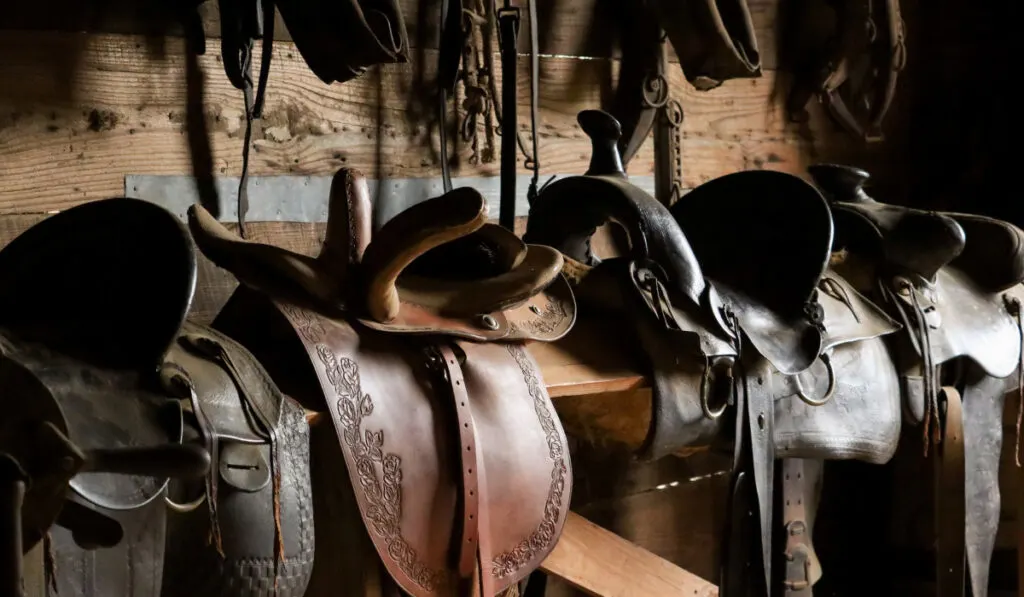
Table of Contents
McClellan Saddle
The McClellan saddle is an important part of American equestrian history. The saddle was originally designed in 1859 by General George B. McClellan during the American Civil War.
Design Features
General McClellan saw the need for a lighter and more comfortable saddle that would enable riders to maintain balance and move swiftly, particularly during charges.
The resulting saddle had a sleek and lightweight frame made from wood and metal, which provided stability while allowing the horse to move more freely.
It also featured a curved pommel for the rider to grip the saddle during rapid movement without restricting their movement.
General McClellan also designed the saddle with comfort in mind.
The saddle had a padded seat that evenly distributed the rider’s weight across the horse’s back.
The saddle had adjustable stirrups, allowing the rider to customize their position and maintain balance, even during the most demanding maneuvers.
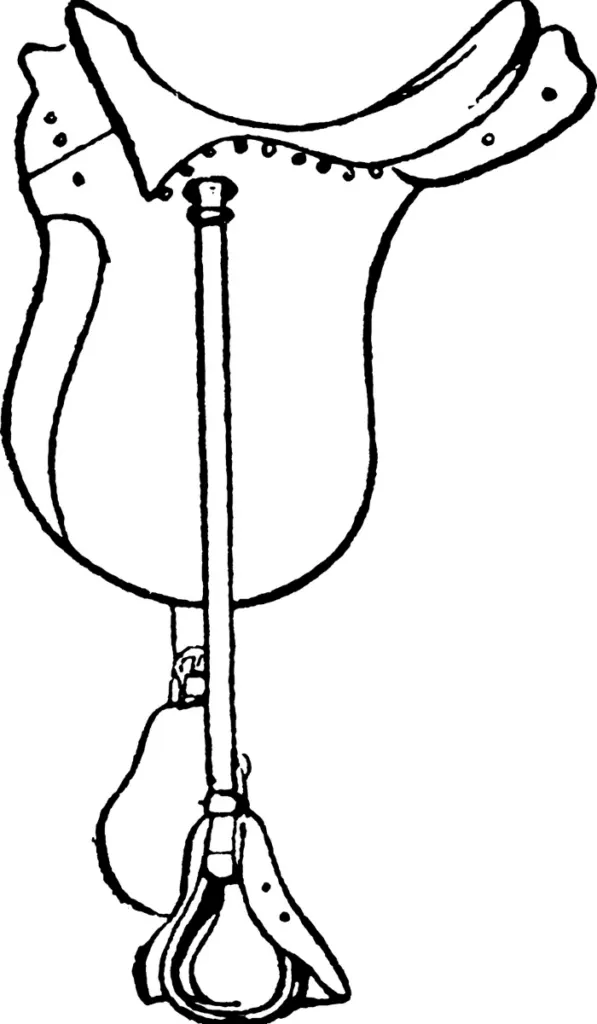
Pros
- Lightweight and comfortable
- Simple and functional design
- Has a deep seat that is excellent for rider’s support
- Ideal for long rides
Cons
- Limited availability in the market
- Minimal padding can be uncomfortable for some riders
Recommended Usage
A McClellan saddle is recommended primarily for military and cavalry purposes.
The saddle performs well on long rides and extended periods of horseback activity by giving maximum comfort and support to the rider.
The best military activities for this saddle include patrolling, scouting, and combat.
The McClellan saddle is also great for endurance and trail riding.
The saddle provides comfort and is sturdy enough to withstand long hours of use.
During usage, ensure you properly fit the saddle to the horse to avoid any discomfort or injury to the animal.
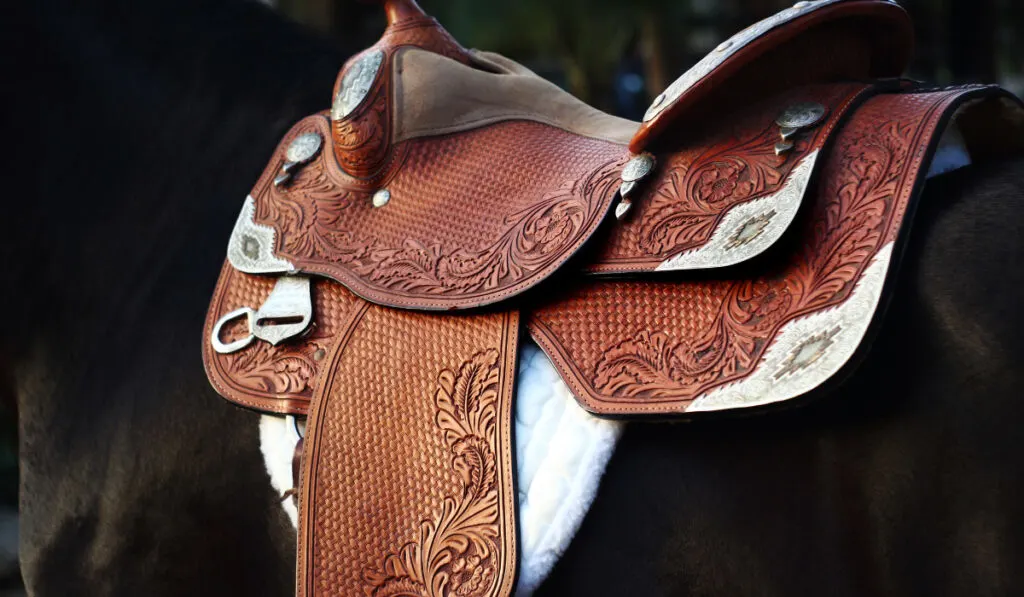
Western Saddle
The history of the Western saddle dates back to the Spanish conquistadors who brought saddle-making techniques to the Americas in the 16th century.
The designs of the early Spanish saddles were specifically created for long days of rough terrain riding. The saddles had features more suitable for cow herding than warfare.
In the late 19th century, the cattle industry development in the American West led to further changes in the Western saddle design.
Cowboys needed saddles that could withstand the demands of cattle drives and long days on horseback.
The modern Western saddle we see today is a product of this evolution, combining features from the early Spanish saddles with the needs of the American cowboy.
Saddle Design Features
The Western saddle features a horn at the front to help the rider to hold onto it during certain maneuvers. It also has a deep seat and high cantle to give riders more security and stability.
The skirts and fenders provide additional grip and stability for the rider.
At the same time, the free-swinging and forward-hung riggings help to distribute weight evenly across the horse’s back.
The saddle seat is also high, flat, and long to provide a secure and comfortable fit for both horse and rider.
The seat’s design provides a large area for the rider’s weight distribution on the horse’s back. This makes the Western saddle more comfortable for the horse to carry the rider for extended periods.
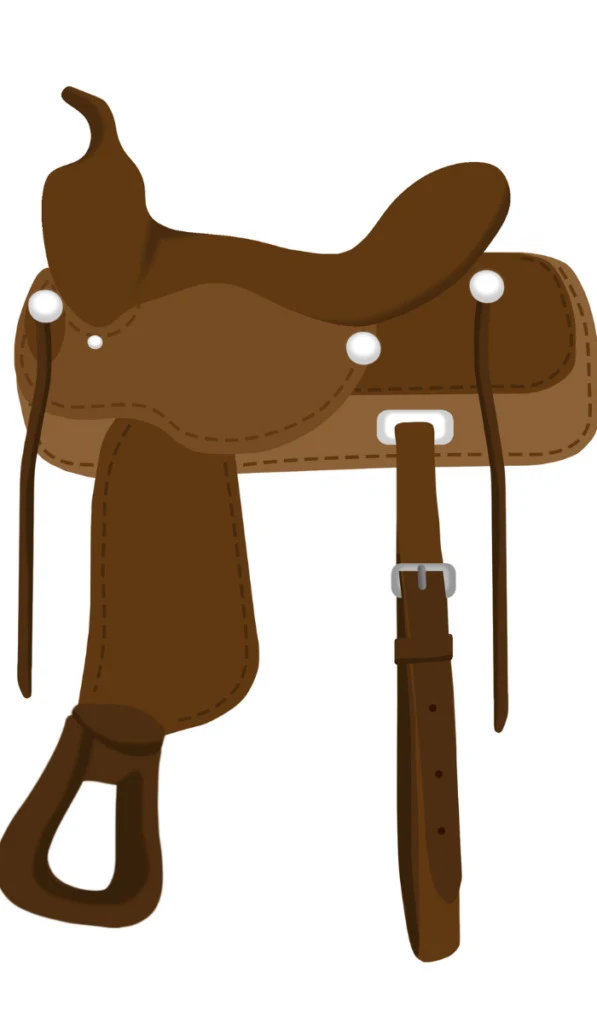
Pros
- Allows for better control of the horse during ranch work or rodeo events
- Excellent weight distribution across the horse’s back
- The seat’s larger surface area provides a more comfortable ride for riders
- Has a distinct look that is popular in Western riding disciplines
Cons
- It can be heavy, making it difficult to lift onto the horse’s back.
- It can limit the horse’s movement, especially in disciplines that require a lot of lateral movement.
Recommended Usage
A Western saddle is common in Western riding disciplines such as reining, cutting, and rodeo events.
It is commonly used in the United States and Mexico regions where cowboy culture and traditions are prominent.
The saddle is efficient for long hours riding over rugged terrain and is thus ideal for ranch work and outdoor activities.
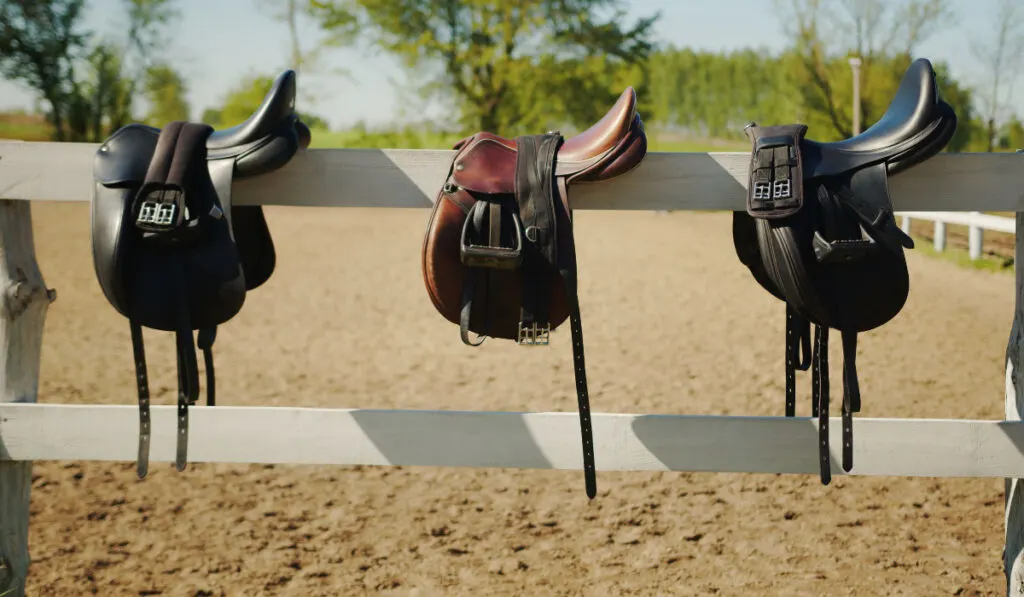
Comparison between McClellan and Western Saddles
While both McClellan and Western saddles serve the same purpose, they have several comparison points.
Here’s a comparison between the two:
Differences in Design and Structure
The McClellan saddle design was originally for the US Cavalry in the mid-19th century.
Its design is minimalist and leather-made, with a narrow seat, high pommel, and cantle. The stirrups hang straight down from the saddle and are positioned slightly forward.
The Western saddle design, on the other hand, is suitable for working on ranches and rodeo events.
Its design is larger and more elaborate than McClellan saddles, with a deep seat, a horn on the front, and a high cantle at the back.
The stirrups hang at an angle from the saddle and are positioned further back than in a McClellan saddle.
Comparison of the Riding Experience
The riding experience is different between the two saddles.
- McClellan saddles are designed for military use and are intended for long trot or canter rides. The saddle allows the rider to feel and sync with the horse’s movements.
- Western saddles, on the other hand, are designed for working on ranches and rodeo events. The saddle is designed to provide comfort to the rider during long hours of riding, with the deep seat and high cantle supporting the rider’s back.
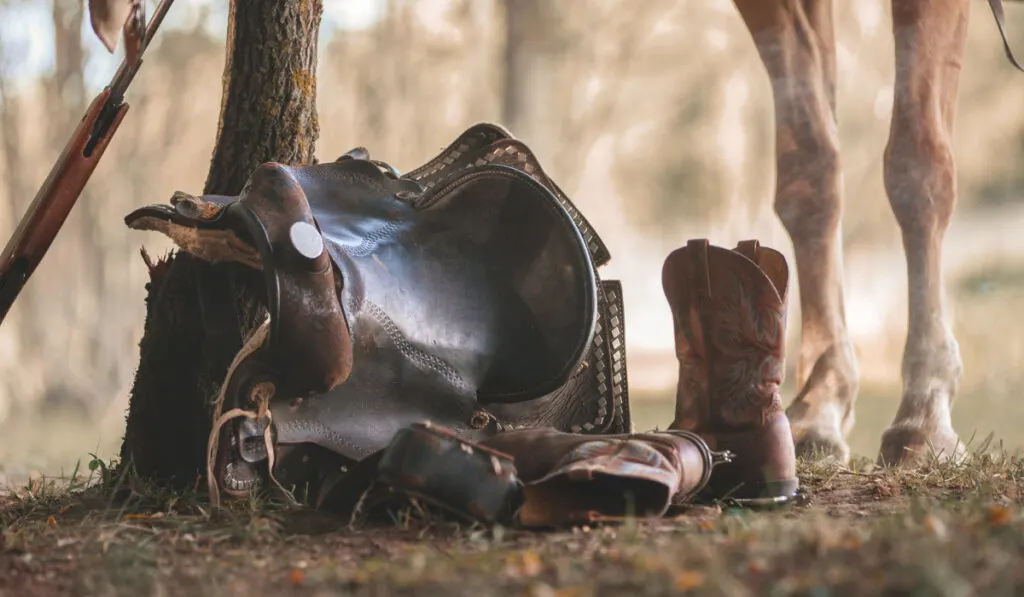
Factors to Consider When Choosing Between the Two Saddles
Several factors must be considered when choosing between a McClellan and Western saddle.
The first is the type of riding activity you will be doing.
- A McClellan saddle may be more suitable if you plan to do endurance riding or horse shows.
- A Western saddle may be better if you plan to do ranch work or rodeo events.
Another factor to consider is the comfort of the saddle.
- McClellan saddles are designed to be minimalist, so they may not provide as much comfort as a Western saddle.
- A Western saddle may be more comfortable if you plan to ride for long hours.
Final Thoughts: Which Saddle Is the Best?
Horseback riding requires the right saddle for you and the horse’s comfort and safety.
There is no definitive answer to which saddle is better for horseback riding.
The McClellan and Western saddles have advantages and disadvantages. The decision ultimately depends on your preferences and needs.
Here’s a recap of the key points:
McClellan Saddle:
- Developed for the US Army in the mid-1800s
- Lightweight and minimalist design
- Good for long rides and hot climates
- Provides good communication between horse and rider
- Limited padding may cause discomfort for some riders
Western Saddle:
- Evolved from Spanish vaquero traditions in the American West
- Heavy and sturdy design
- Ideal for leisure riding and cattle work
- Provides more support and comfort for riders
- The bulkier design may hinder communication with the horse
If you’re looking for a new saddle, research and consider your options carefully. Look for reputable sellers to offer guidance and advice based on your needs.
In making a decision, consider your riding goals, the needs of your horse, and your comfort level. If possible, try out both types of saddles before making a decision.
Resources
- https://www.tribstar.com/features/historical-treasure-mcclellan-saddle-goes-beyond-the-trail/article_81bd3f7b-d43d-5aa8-8d05-7a31a32fc2c4.html
- https://americanhistory.si.edu/collections/search/object/nmah_1179468
- https://www.colonellittleton.com/blog/mcclellan-cavalry-saddle/
- https://www.farmersweekly.co.za/animals/horses/fitting-a-mcclellan-saddle/
- https://truewestmagazine.com/western-saddles/
- https://buckarooleather.com/blogs/buckaroo-johns-blog/saddles-a-history
- https://saddleupcolorado.net/blog/the-different-types-of-western-saddles-and-their-purpose-/
- https://www.horse.com/content/western-tack/types-of-western-saddles/
- https://www.equineinfoexchange.com/riding/western
- https://www.wikiwand.com/en/Western_saddle

